This monument to the Heroes of the Ghetto is composed of 33 empty iron and bronze chairs. It sits in a square which was once part of the ghetto. Before 1941 about 3,000 Jewish people lived there. In March 1941, the Germans moved in the Krakow Jewish population of another 17,000 people.
The main entrance to this square is in the location of the main gate of the Ghetto.
Each of the chairs represents 1,000 people that lost their lives in the Ghetto.
The only non-Jewish resident of the Ghetto was Taduesz Pankiewicz who ran a pharmacy and was known to help the resident so the Ghetto. The pharmacy still stands and is now a museum.
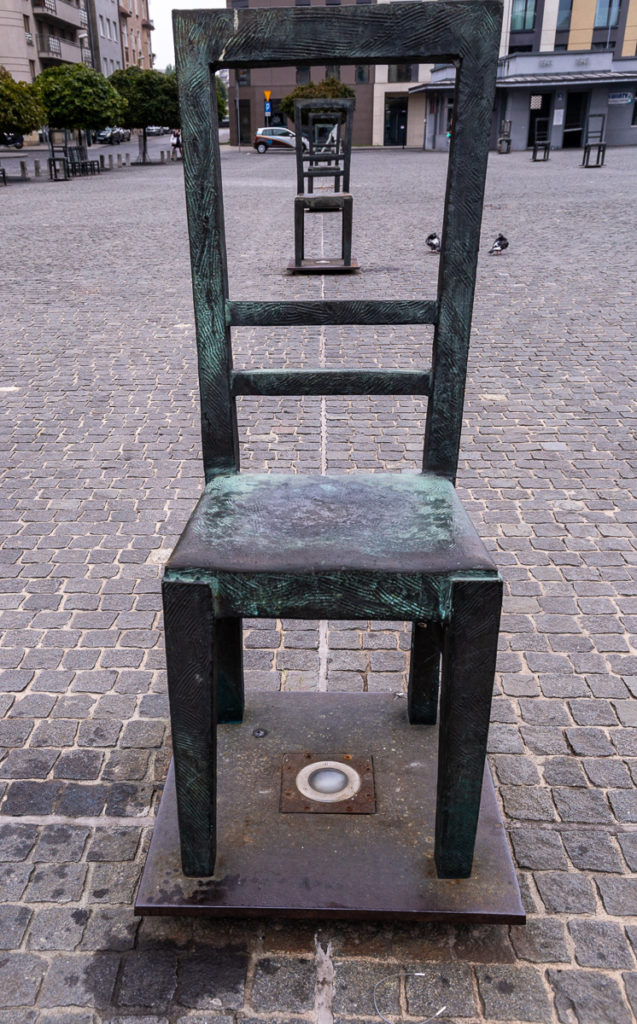
Heros Square
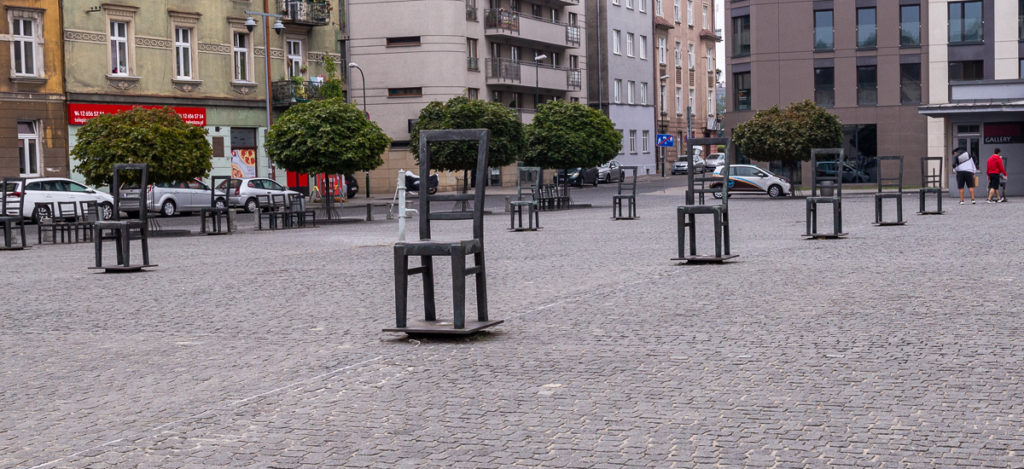
wawel hill
Wawel, in the first millennium AD and in the 9th century was a power center. The first ruler, Mieszko I of Poland (c965 -992) of the Piast dynasty and his successors: Boleslaw I the Brave (992 – 1025) and Mieszko II (1025 – 1034) used Wawel as the royal residence. During this time Wawel became a center of Christianity and the early Romanesque buildings included in Wawel included a cathedral. The cathedral saw the coronation of the Polish monarchy and also serves as their mausoleum.
During the reign of Casimir the Restorer (1034 – 1058) the Wawel was the administrative center of Poland. It was the formal seat of the Polish monarchy until 1611. As the history of the Polish state changed numerous times for 1611 into the 20th Century, so did the use of the Wawel.
Poland as a country did not exist for about 100 years until after World War I. Wawel served as the residence of the President until the invasion in September 1939. Krakow surrendered on September 6, a six days after the invasion. Germany then designated Krakow as the seat of Germany’s General Government, a new territory created by the Nazis. Krakow became a supply base for light industry and agriculture, thereby making it valuable to the Third Reich, so they had little desire to destroy it.
To keep the city intact, the Governor General Hans Frank, who used Wawel as his residence, continued some of the pre-war development plans for Krakow. The Nazis also declared the city an “Ancient German City”, also protecting the city from destruction.
Although Krakow was spared the razing Warsaw experienced, the Polish residents was subjected to the harsh rule of the Nazis, including the extermination of the Polish Jews and Poles with Jewish heritage. Also the Polish works of art were stolen.
Other residences were prohibited from advancing their education beyond elementary school, no high school or university education was allowed. Even that curriculum was contracted to exclude history and geography, as the German attempted to erase Polish history.
After the end of World War II, the Wawel was restored as a museum, a place of worship and a place to explain the complex history of Poland.
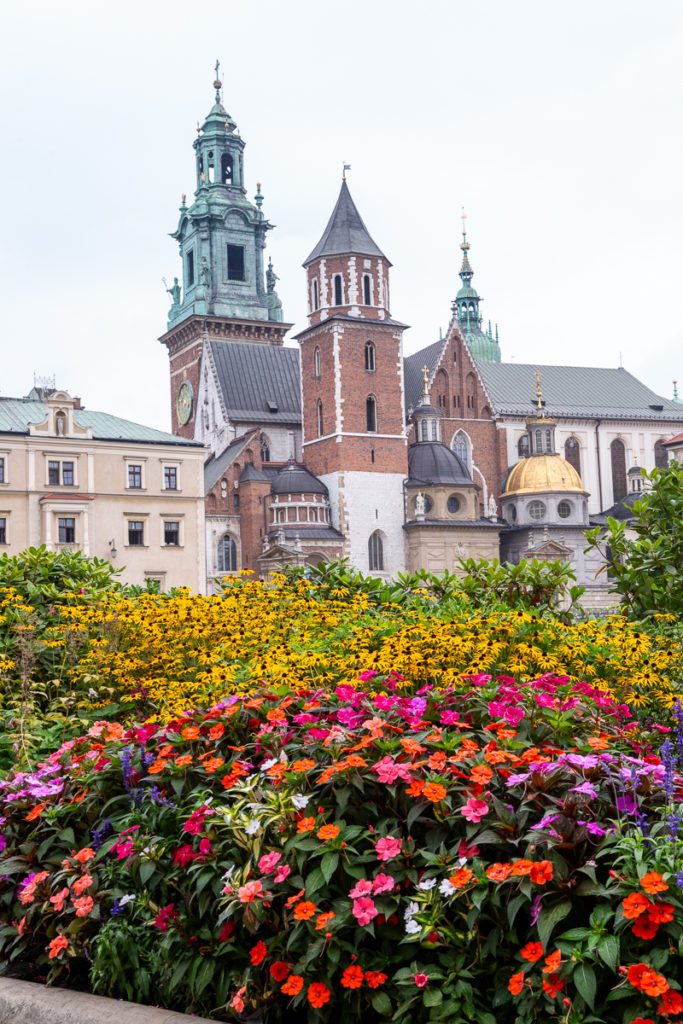


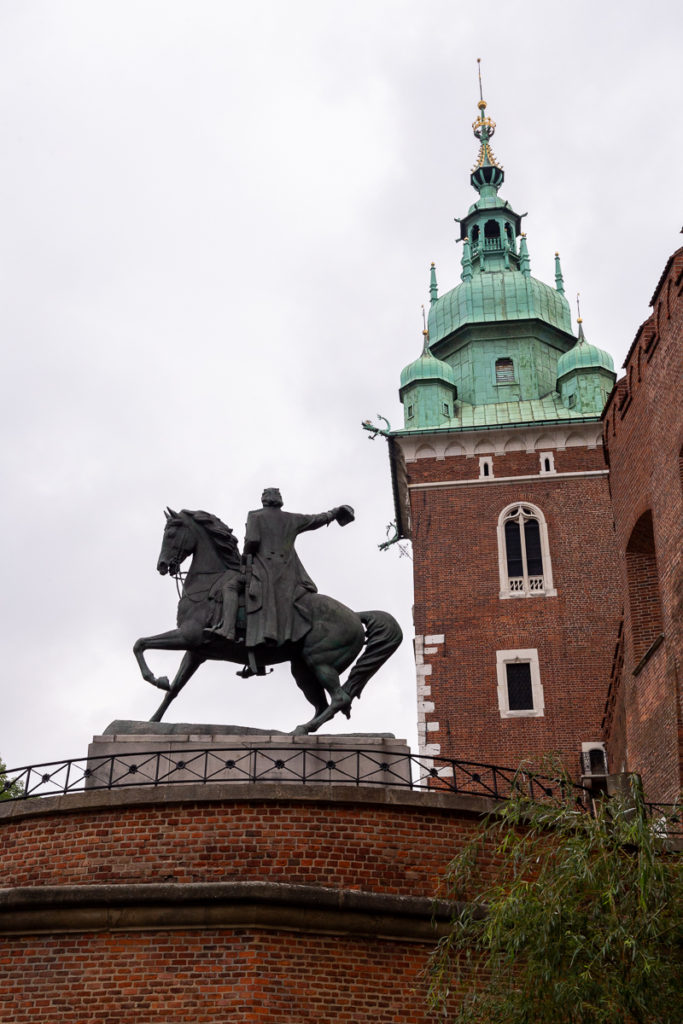
RIGHT: Dedicated to the Mythical Wawel dragon The statue is designed to breathe fire and recently was modernized so an SMS text message can be sent to trigger the fire breath. The service is so popular that it receives at least 2500 requests for fire breathe each day. I didn’t know this when we visited – or I would have done it.
LEFT: Tadeusz Kosciuszko Monument – is both a Polish and American hero. He was born in the Polish- Lithuanian Commonwealth (now Belarus) and fought on the American side during the American Revolution. But in Poland he is a hero as the Supreme Commander of the Polish National Armed Forces. As Commander he lead the Kosciuszko Uprising in 1794. This was a time in Polish history when the country was in its Second Partition phase. He instigated an uprising against Russia. The defeat of this uprising let to the Third Partition of Poland in 1786.
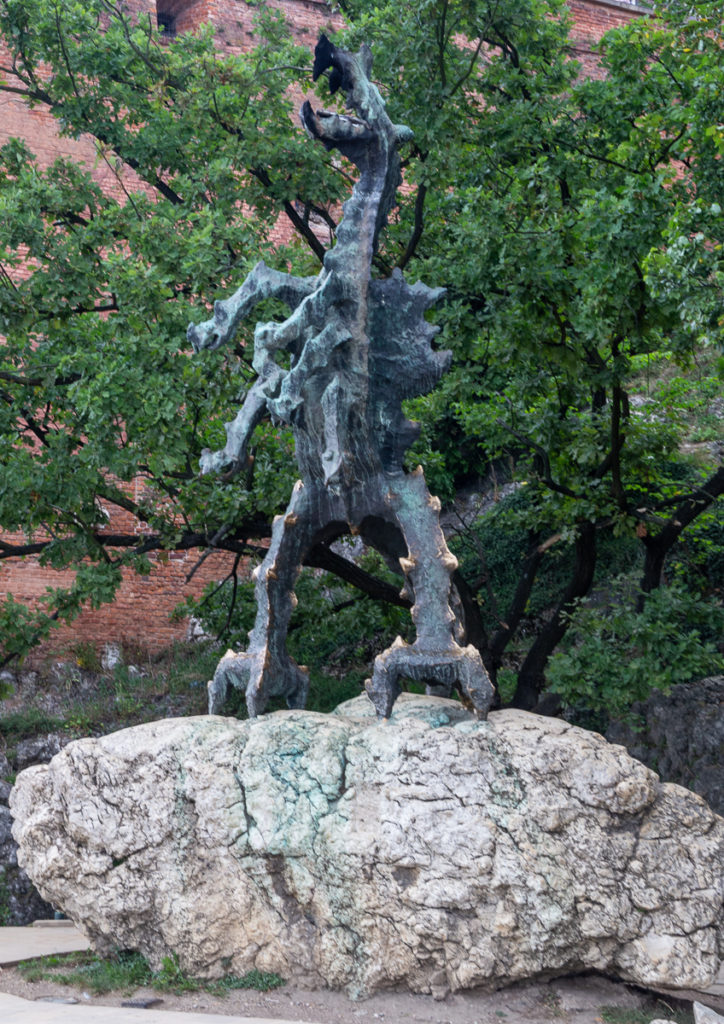
I love the dragon head…I tend to get lost in the details when photographing. I love architectural details, too.
Far Right: Pope John Paul II



The Royal Road
The Royal Road extends from Wawel Hill to the medieval Old Town and was the coronation route.

Along the Royal Road lost in the details
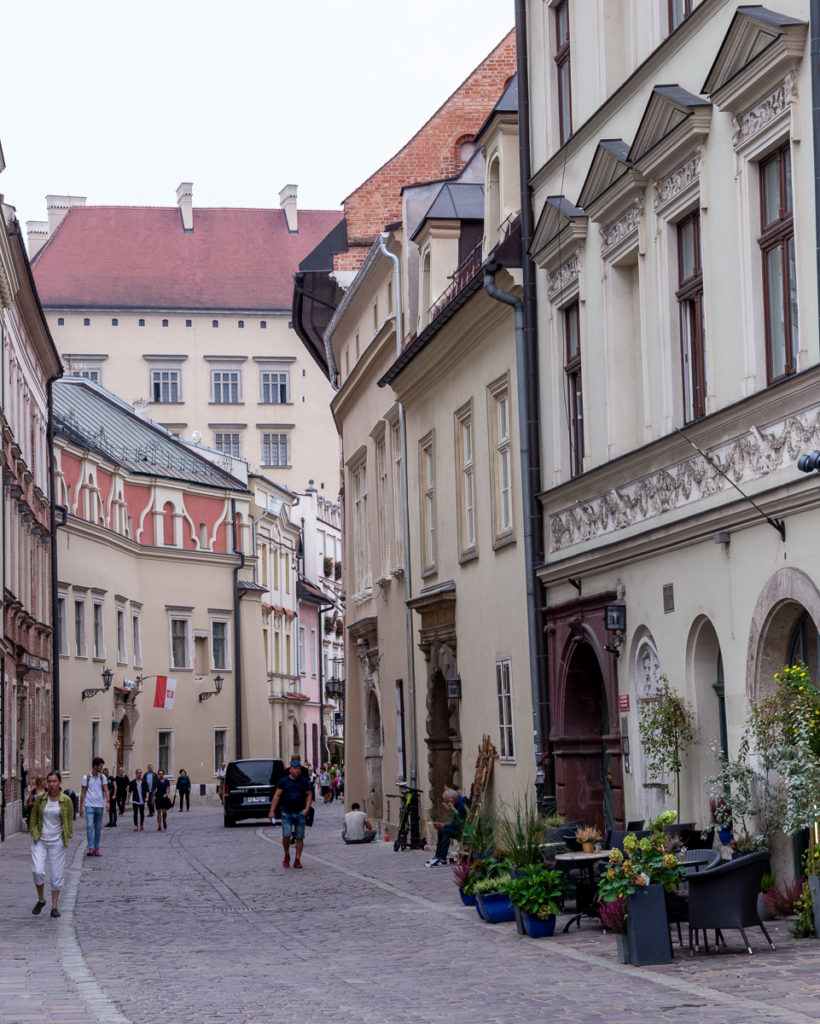

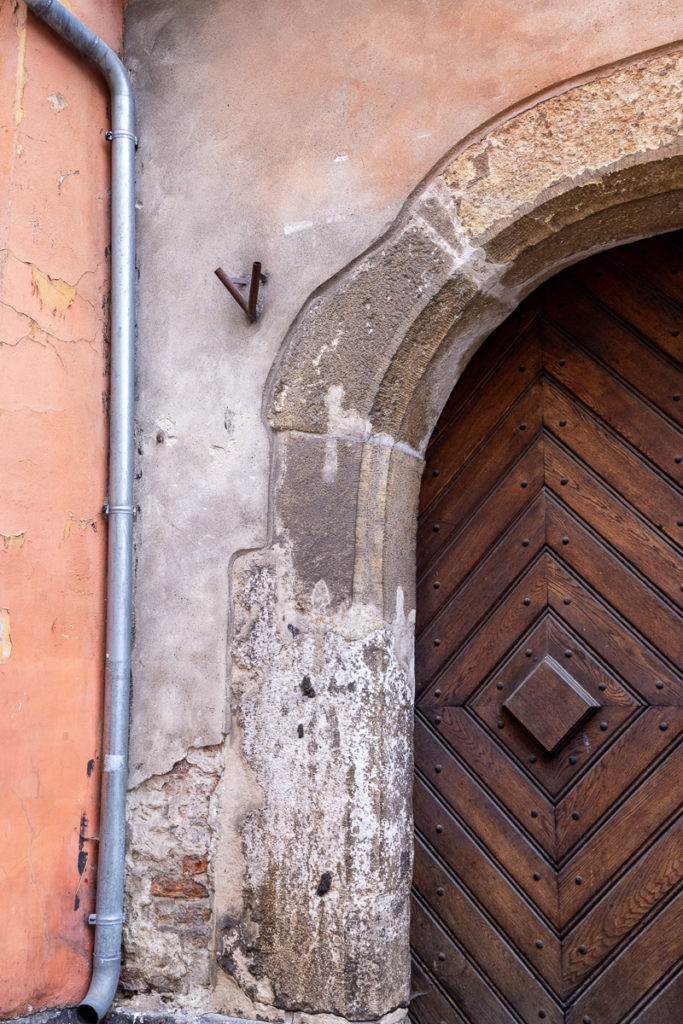
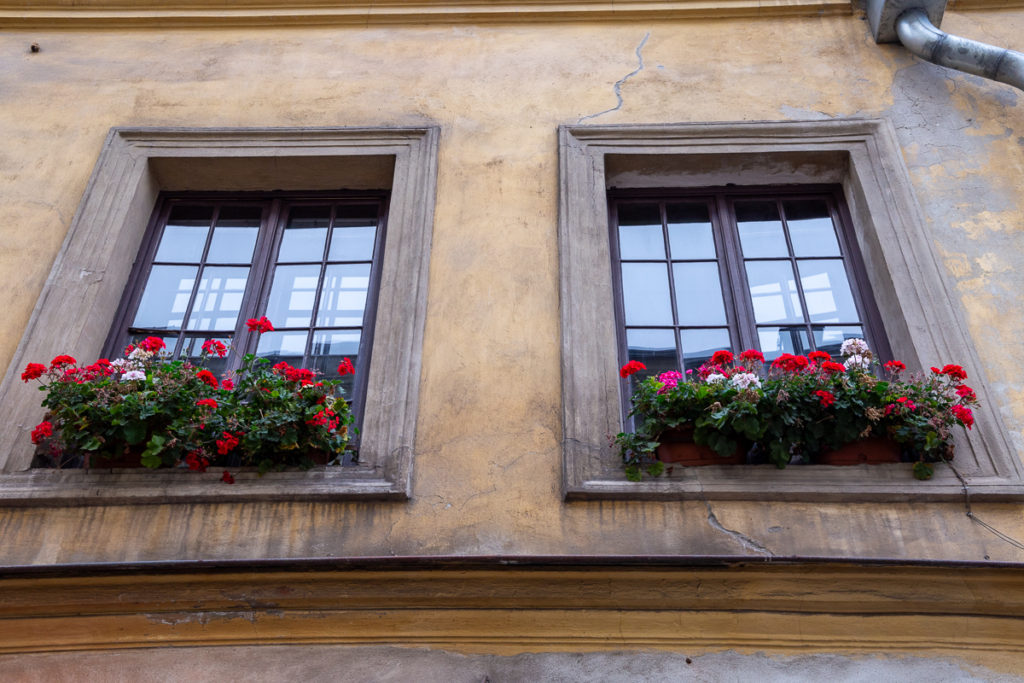
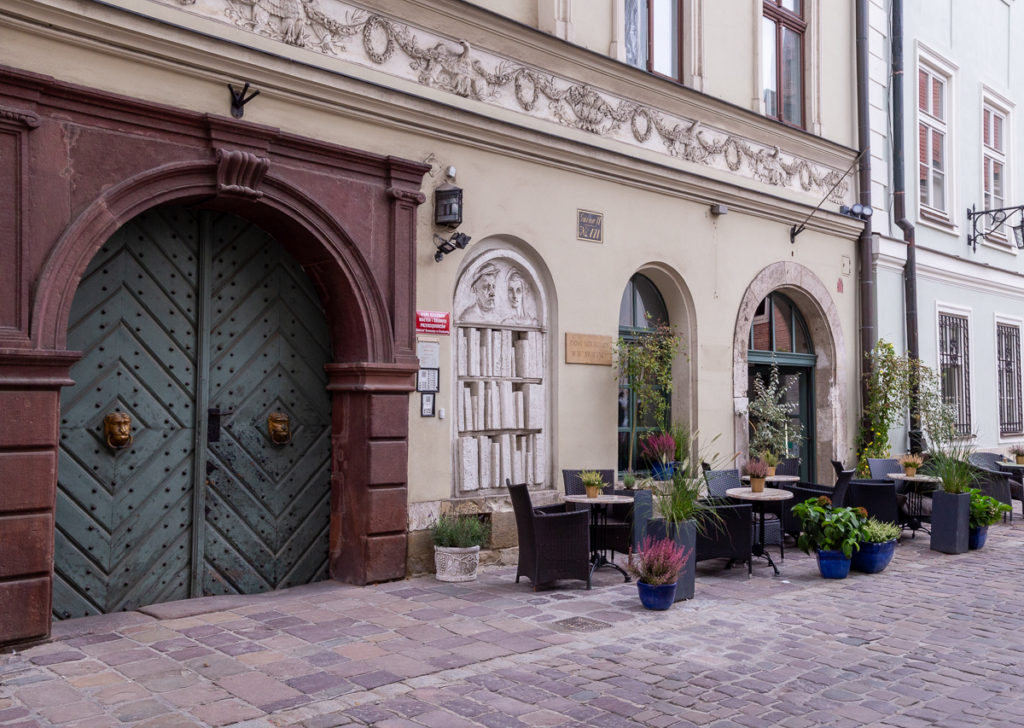
Lunch
I don’t remember what we had for lunch. What I do remember is some tour mates coming back from touring the restaurant and telling Deb and me that we had to go downstairs and see the restaurant bottom floor. Well … we were in for a visual treat, and Deb and I snapped away…. sometime later when we looked around we realized that no one from our tour was anywhere to be found. They had all gone back to the bus for the ride to the afternoon adventure. We were rescued by the tour guide after a few very long minutes. But we had great fun photographing the restaurant!

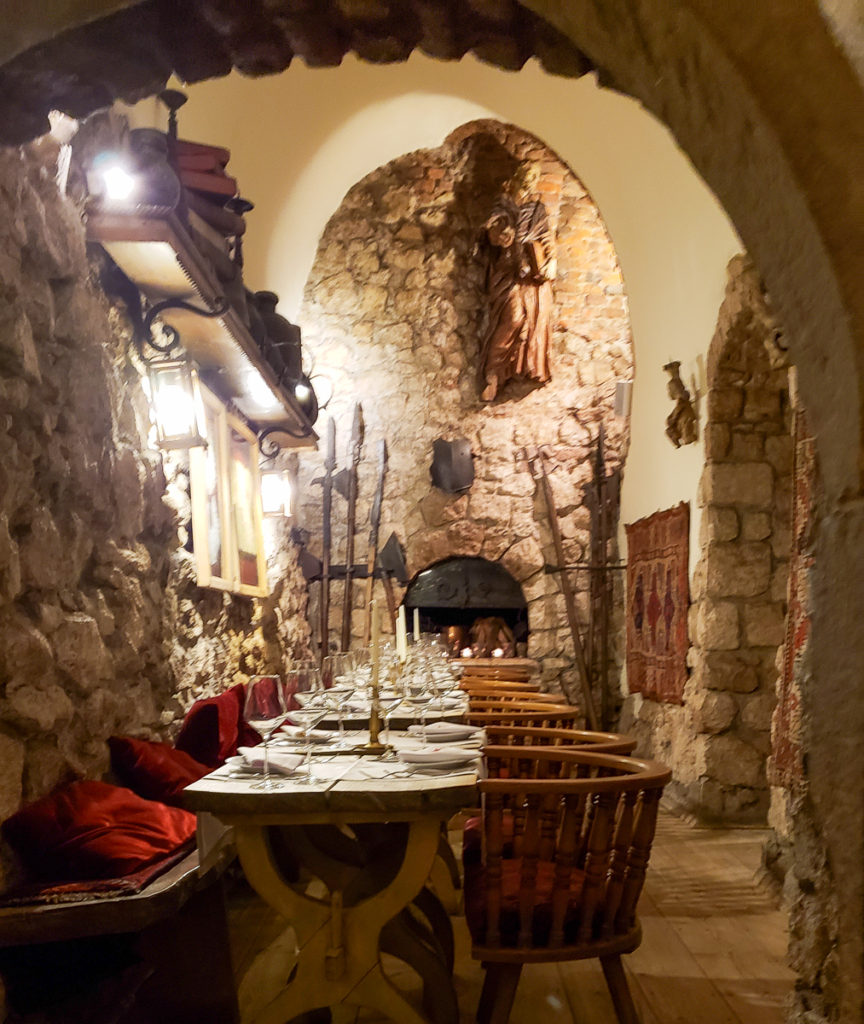
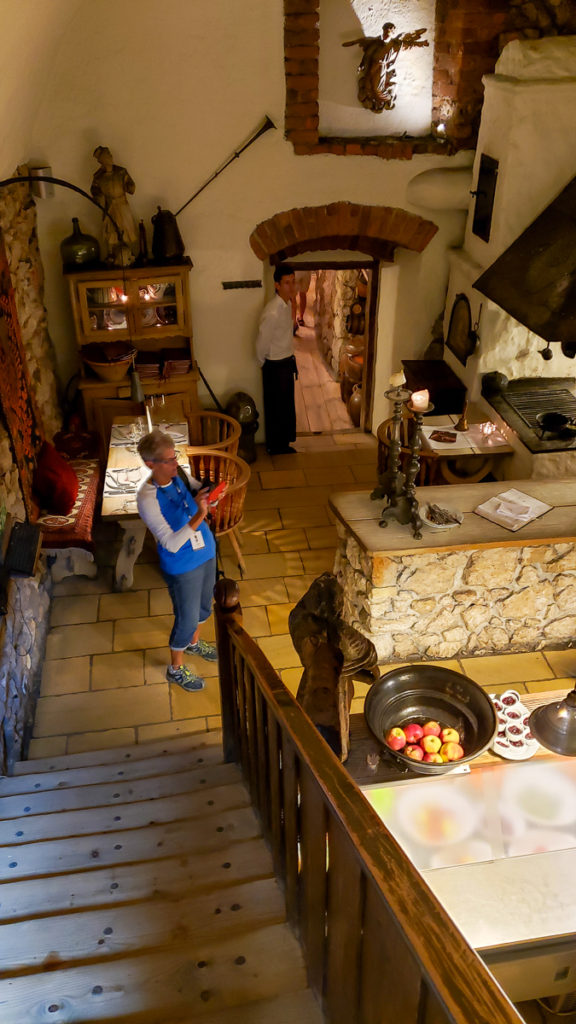

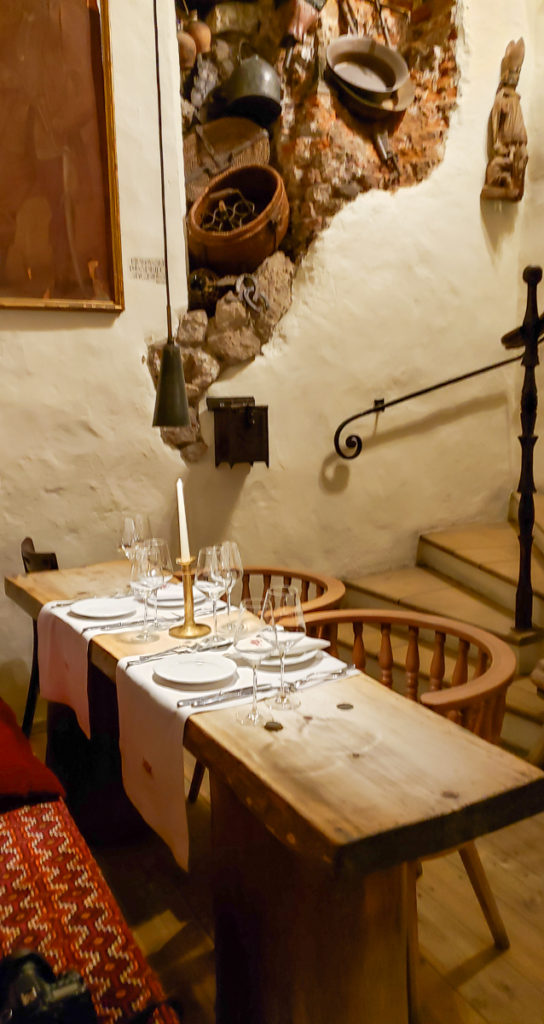
Off to the salt mines for the two of us…
Wieliczka Salt mines
This mine was excavated producing table salt from the 13th century continuously until 2007. The mine is 327 meters deep and has some 178 miles of horizontal passages. The salt mine is a UNESCO World Heritage site.
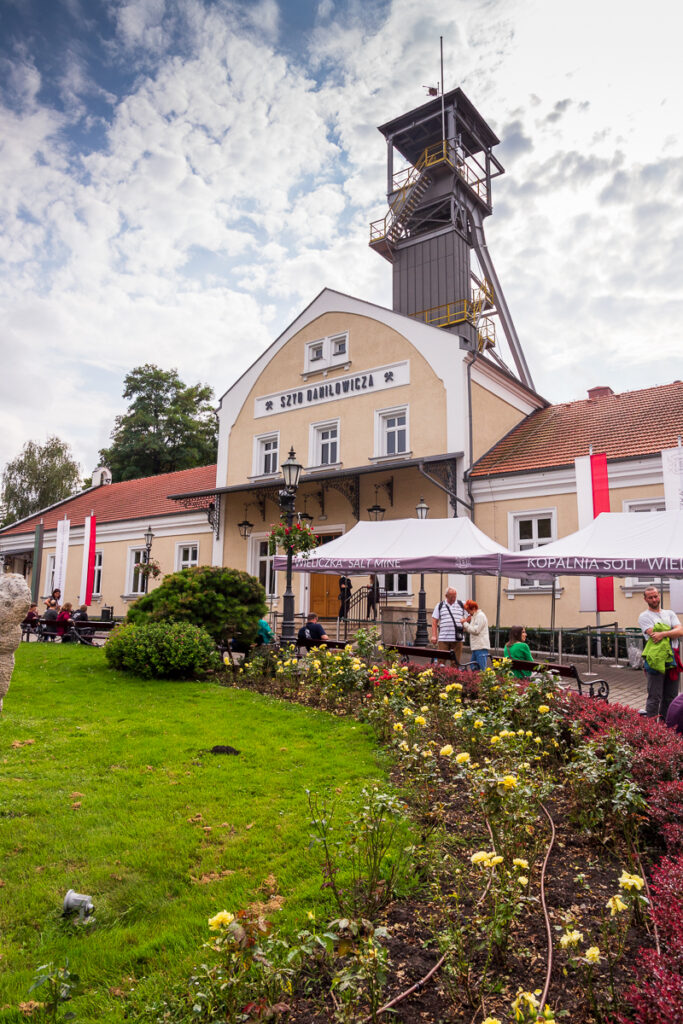
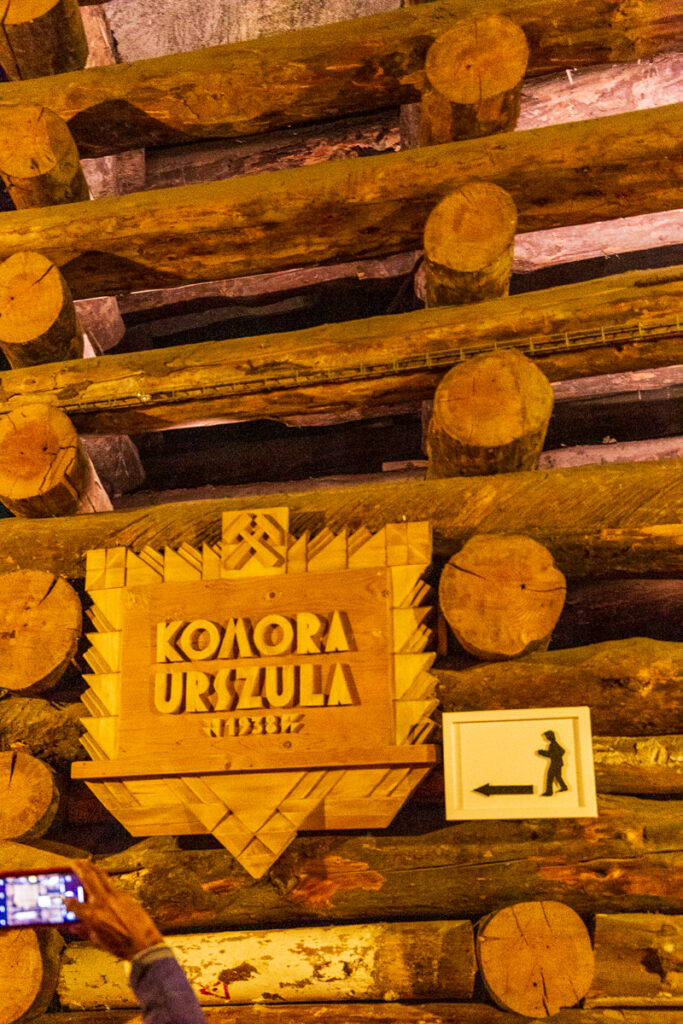
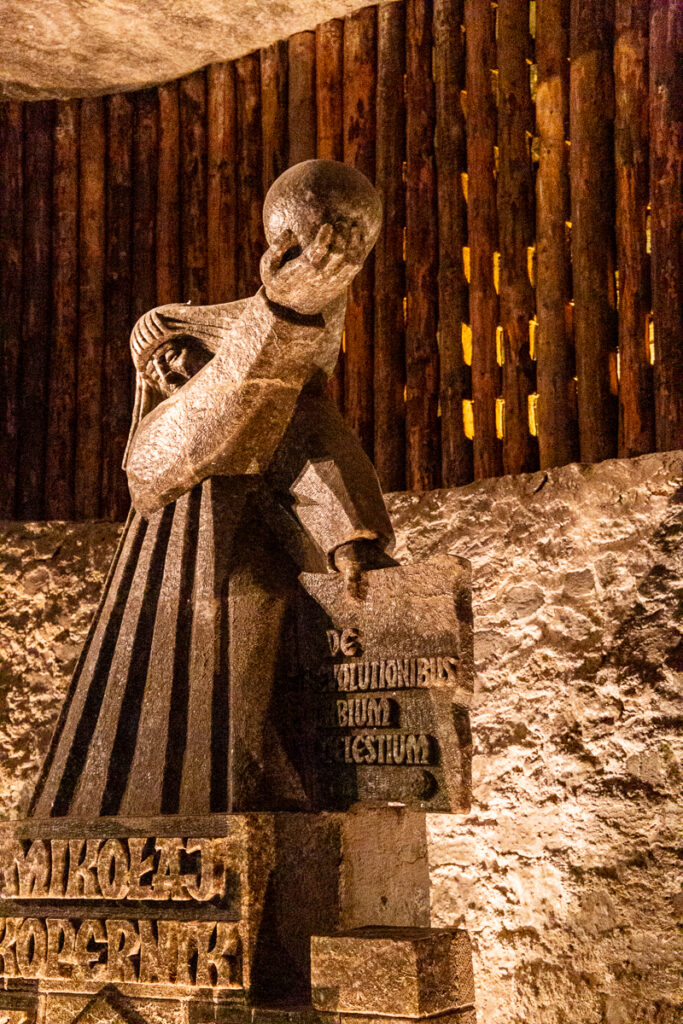
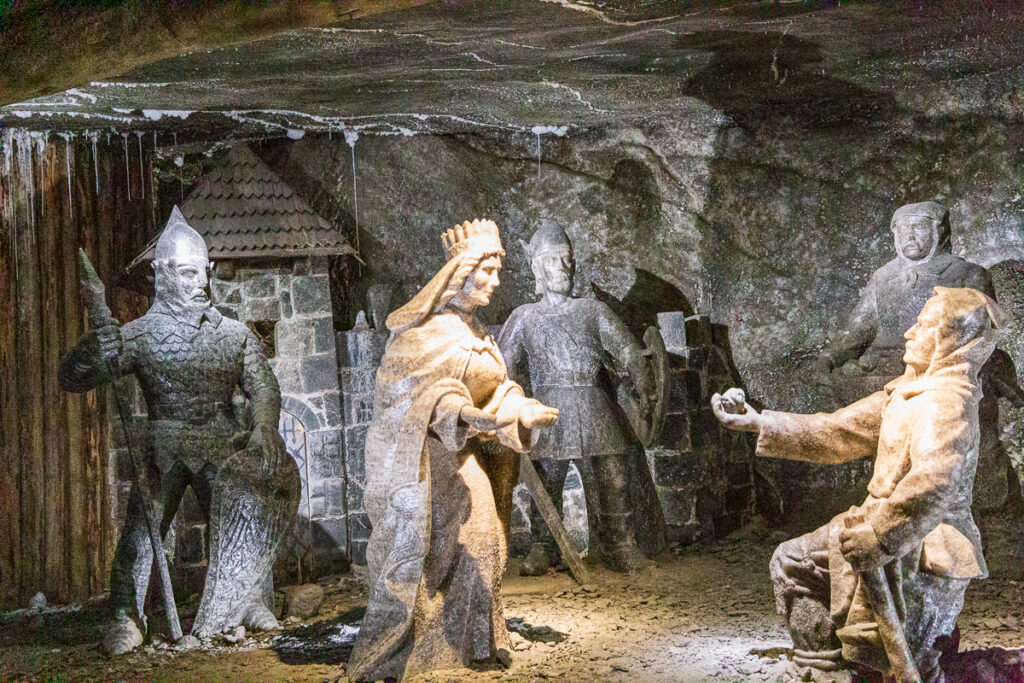
RIGHT: St. Kinga’s Chapel
LEFT: I believe this is a depiction of the legendary Princess Kinga. There is an interesting legend concerning her engagement ring. She is patron saint of salt miners in and around Krakow
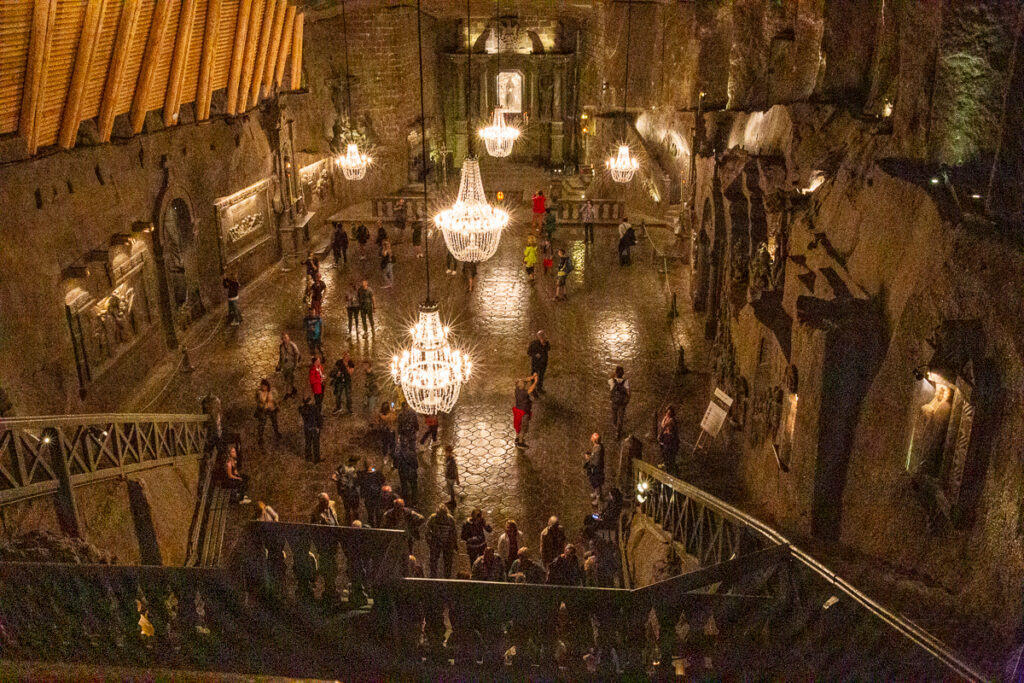


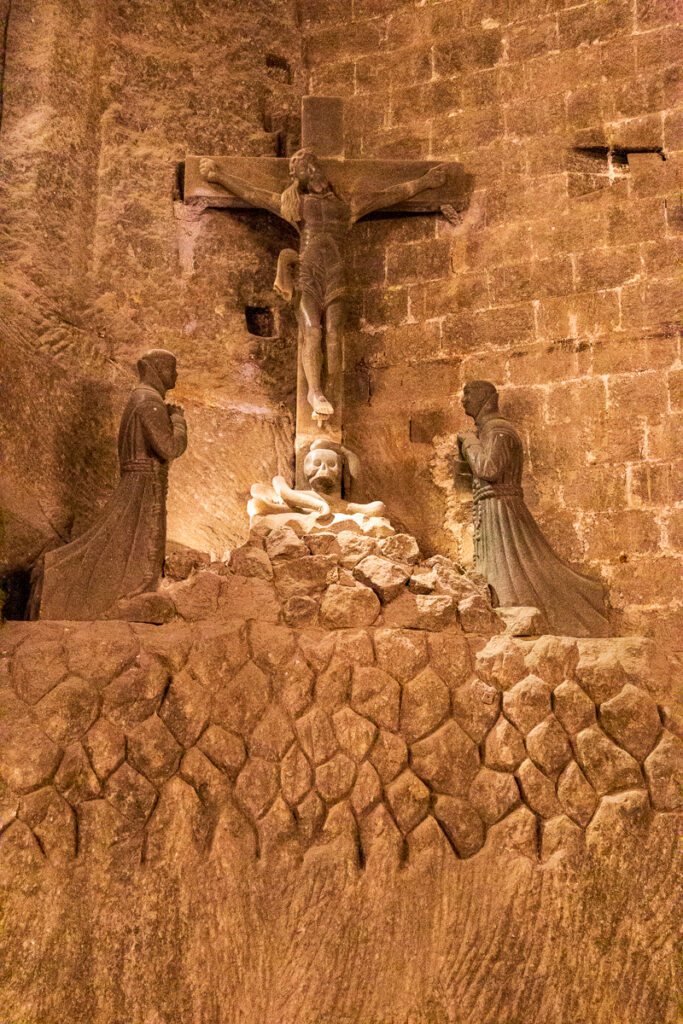
All statues carved out of sald are larger than life-size
The visit to the mines concluded our day and our time in Krakow, on to Warsaw in the morning.